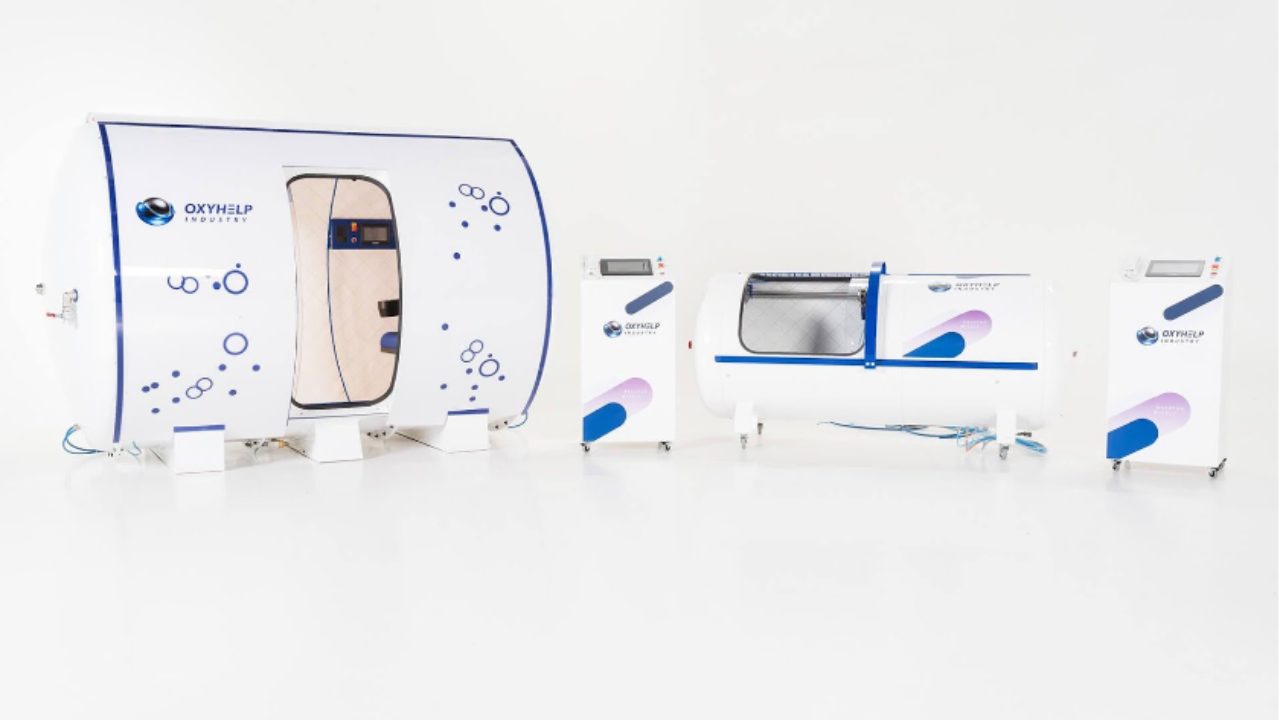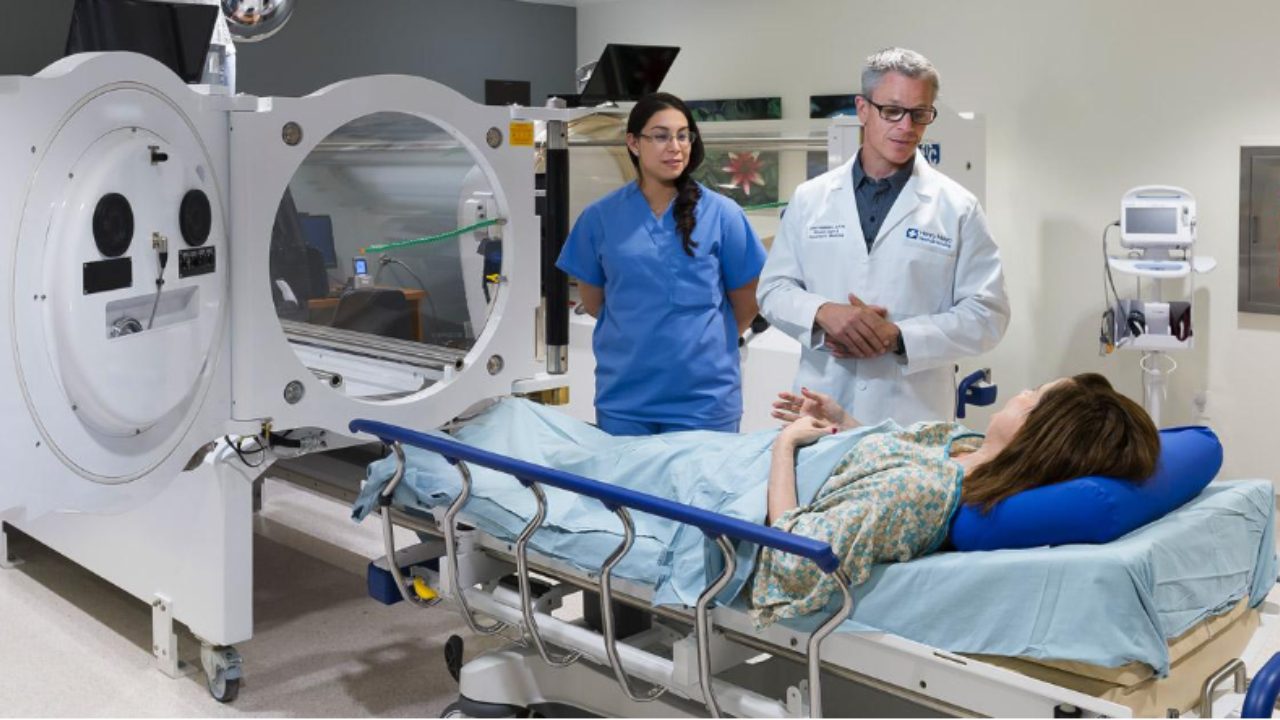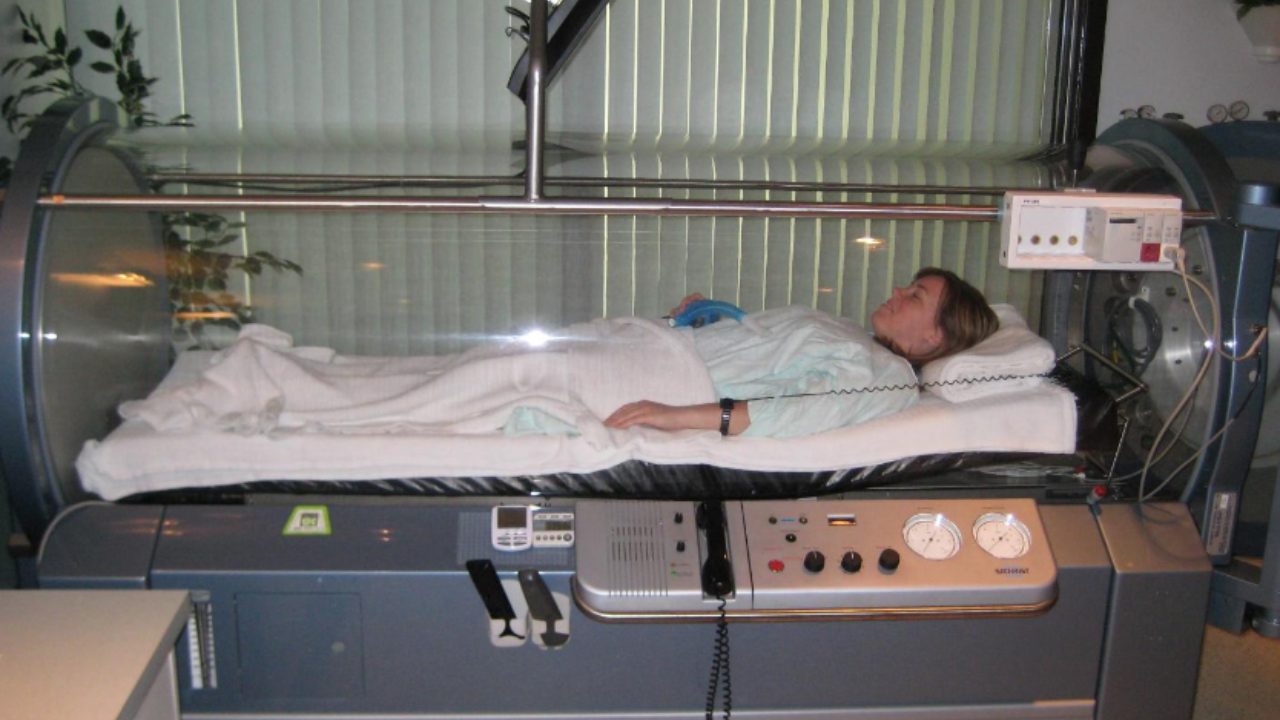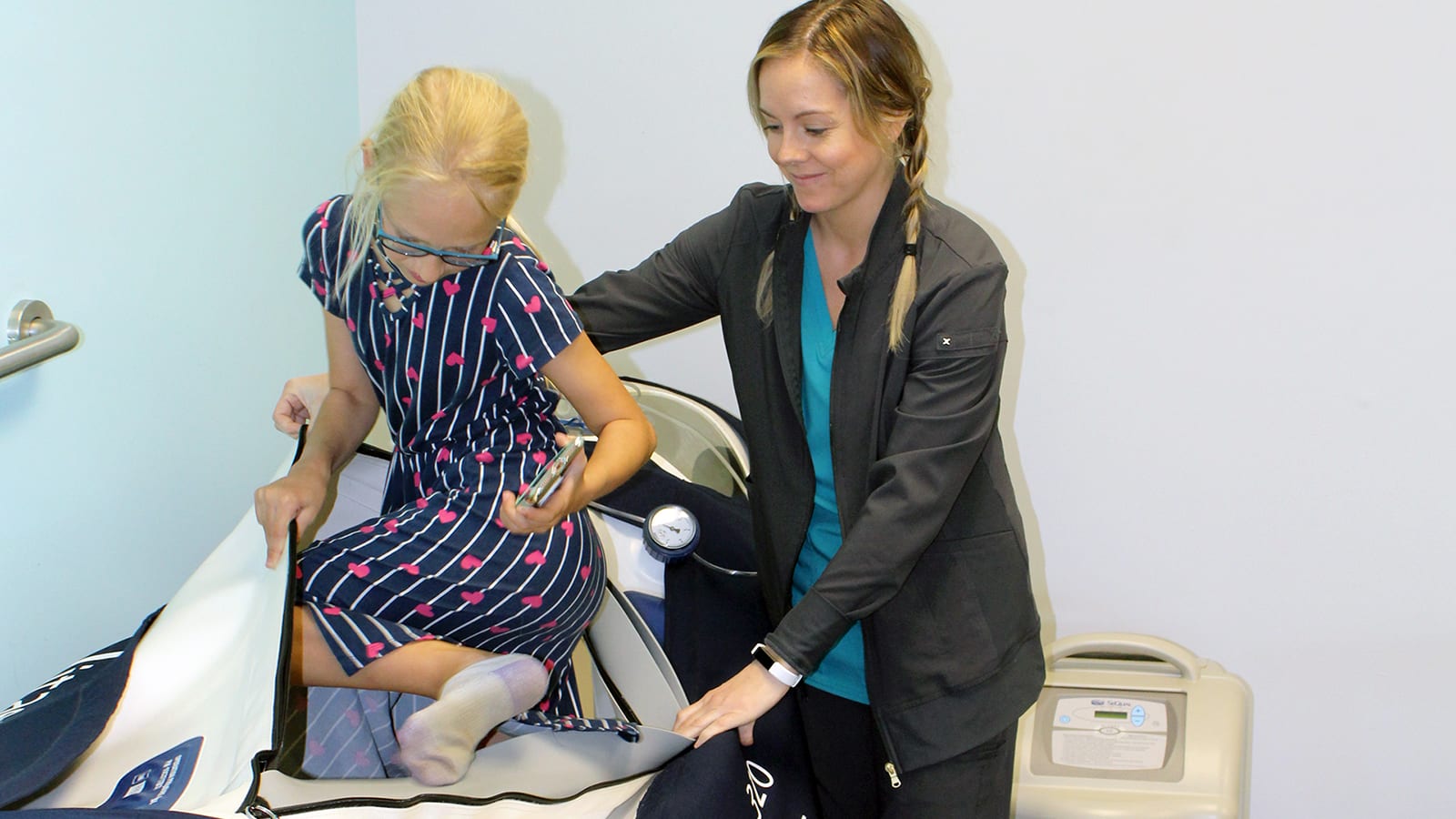Oxygen is the most critical gas that our body utilizes to work properly. Each cell requires oxygen to prepare its energy. Majorly lungs absorb oxygen from the environment as we breathe in. The oxygen travels from the lungs via blood to each organ and tissue of the body. There are several medical conditions where blood oxygen levels tend to or appear too low. In such circumstances, an individual feels shortness of breath, tiredness, and confusion. It can also be harmful to the body to remain in a hypoxic condition.
Different oxygen therapies are there to help to get more oxygen. Oxygen therapy is a management option that provides the body with extra oxygen to breathe in. It is also known as supplemental oxygen. It is only accessible through a prescription from a healthcare professional.

Hyperbaric oxygen therapy is utilized as either an essential or adjunctive therapy in managing different infections, including gangrene, diabetic foot ulcer infections, obstinate osteomyelitis, severe neurosurgical infections, and last but not least fungal infections. Hyperbaric oxygen therapy also plays its role as a bactericidal and bacteriostatic agent by working against anaerobic bacteria and increasing free oxygen radicals’ formation. In addition, hyperbaric oxygen therapy reinstates leukocytes’ bacterial-killing or antibacterial capacity in the injured area of hypoxic wounds by enhancing tissue oxygenation. Furthermore, HBOT acts symbiotically with a variety of antibiotics. It is not available on a prescription from your healthcare provider. However, Oxyhelp Hyperbaric Chambers are there for use in such situations.
Overview of hyperbaric oxygen therapy:
Hyperbaric oxygen therapy implies technology in which the individual breathes 95% oxygen in a pure form inside the pressurized hyperbaric chamber, having a pressure three times higher than that of atmospheric pressure. The pressure inside the chamber must be equal to or higher than 1.3 ATA for its efficacy. Hyperbaric oxygen therapy is embracing acceptance in advanced human medicine.
Hyperbaric therapy utilizes different principles in which gases respond, particularly oxygen behaviour under increased pressure. The increased oxygenation under pressure results in deeper penetration into the tissues, which is the main speculation of HBOT. Eventually, increased levels of oxygen effects physiology which may result in altered tissue response to disease or injury.

Hyperbaric oxygen chambers are readily accessible if a person intends to procure them for personal or professional use. When choosing from the huge variety of available hyperbaric oxygen chambers, OXYHELP delivers its customers the best and most definitive or reliable technology with high-profile safety standards. In addition, OXYHELP promises its products to be of top quality and features many attributes, such as a friendly user interface that allows compression and decompression speed setting, adjusting therapy pressure levels, controlling chamber temperature, and setting each therapy session timings.
Hyperbaric oxygen therapy is proposed to regulate the immune system and weaken the effects of the self-attacking of the immune system, also called autoimmune conditions. Hyperbaric oxygen therapy has been shown to regulate T cells, thus resulting in better clinical results or outcomes.
Moreover, hyperbaric oxygen therapy has proven its clinical efficacy in alleviating multiple autoimmune diseases, for instance, rheumatoid arthritis, multiple sclerosis, lupus, scleroderma, Crohn’s disease, and diabetes. Stem cells are the main component of the regeneration of tissues, and our body requires stem cells to repair. Therefore, if someone with an autoimmune disease uses hyperbaric oxygen therapy, have an increase in stem cells which would benefit the individual greatly. Hyperbaric oxygen therapy provides significant relief symptomatically and delays the progression of autoimmune disorders.

Effect of HBOT on Pouchitis:
Pouchitis is a nonspecific condition of inflammation of the ileal pouch which appears after restorative proctocolectomy. The aetiology of pouchitis includes pathogens, luminal factors, autoimmune disorders, and simultaneous inflammation.. Pharmacological options include antibiotics, for instance, metronidazole and ciprofloxacin with topical steroids and aminosalicylates. to treat pouchitis. However, the symptoms persist despite the use of antibiotics. Hyperbaric oxygen therapy has acquired recognition as an emerging adjuvant therapy for CARP.
During hyperbaric oxygen therapy, the patient is laid down in a closed chamber and breathes 100% pure oxygen under elevated atmospheric pressure of 2.4–3.0 atmosphere absolute (ATA). Hyperbaric therapy is proven to be a safe and effective first-line and adjuvant therapy for a variety of different conditions, including chronic wounds, skin grafts, nonhealing ulcers, inflammatory bowel disease (IBD), carbon monoxide and cyanide poisoning, air embolism, acute ischemic injuries, and lastly radiation injury.

Effect of HBOT on Xerostomia:
Xerostomia is a condition characterized by dry mouth which results from decreased or absent saliva production and flow. Usually, it is caused by medication side effects, radiation therapy for head and neck carcinoma or chemoradiotherapy, autoimmune disorders, and sometimes it results from normal ageing.
HBOT is a method or system used to deliver oxygen at elevated pressure to hypoxic tissues. It is regularly used to manage osteoradionecrosis in the mandible region, but fewer scientific studies have demonstrated its effect on radiation-induced tissue damage. However, when HBOT is administered immediately after radiotherapy, Hyperbaric therapy has been shown to alleviate the xerostomia-associated quality of life and oral functions such as eating.
The exact mechanism of hyperbaric oxygen therapy to improve salivary gland hypofunction is unknown. Still, it has been demonstrated that hyperbaric therapy tends to provide long-term effects on neovascularization, osteogenesis, stimulation or provoke the formation of collagen, and facilitate the process of wound healing as it mobilizes stem cells which may contribute to its effects on hyposalivation.
Overall health benefits linked to hyperbaric oxygen therapy are considerably good, but the risk factor associated with the therapy must also be considered; one should always use this technology under the supervision of a medical professional, and if someone wants to have their own hyperbaric oxygen chamber they must buy it from a reliable source such as OXYHELP. The latter is the leading hyperbaric manufacturer. They yield high-quality products with advanced technology, a friendly user interface, and risk-minimizing technology.
